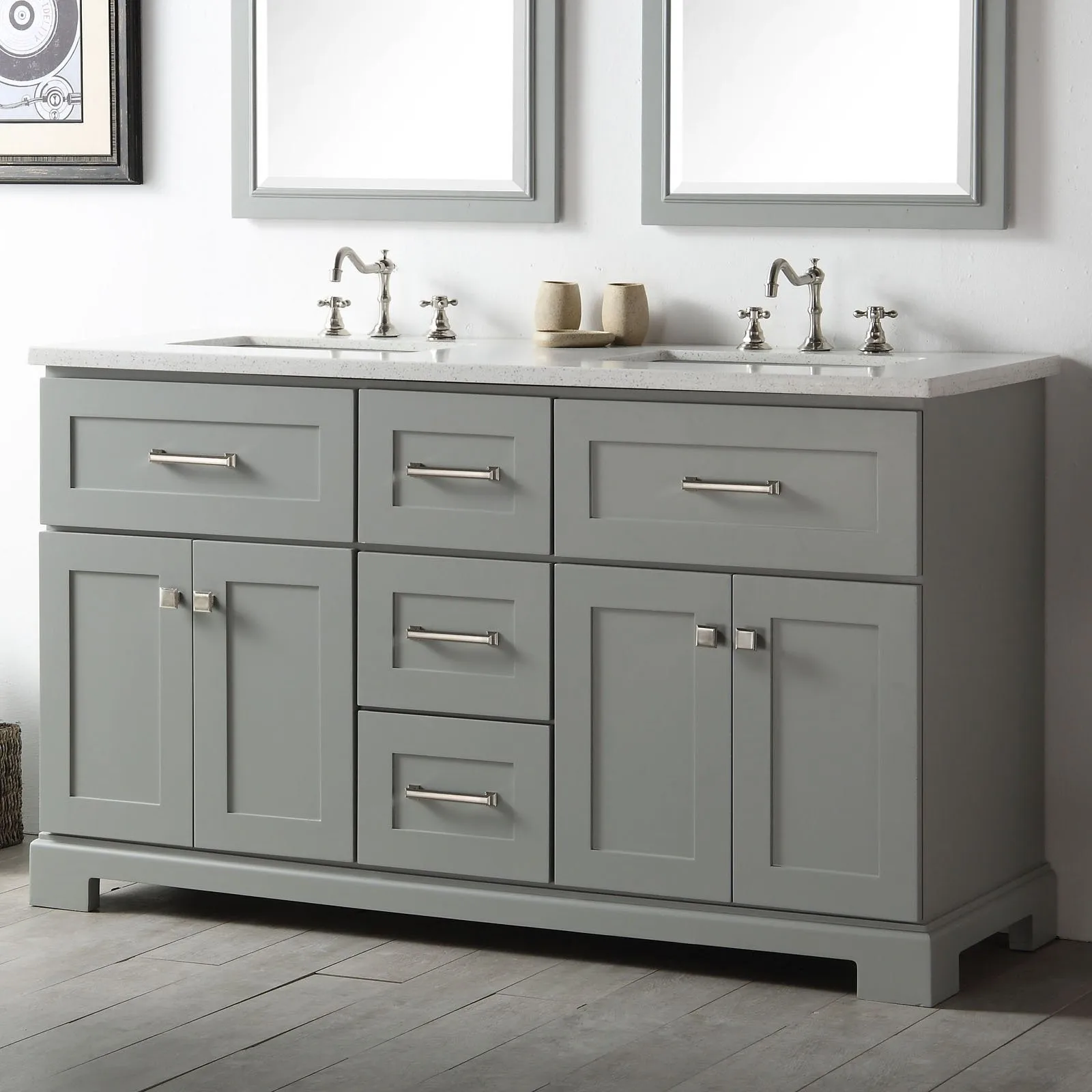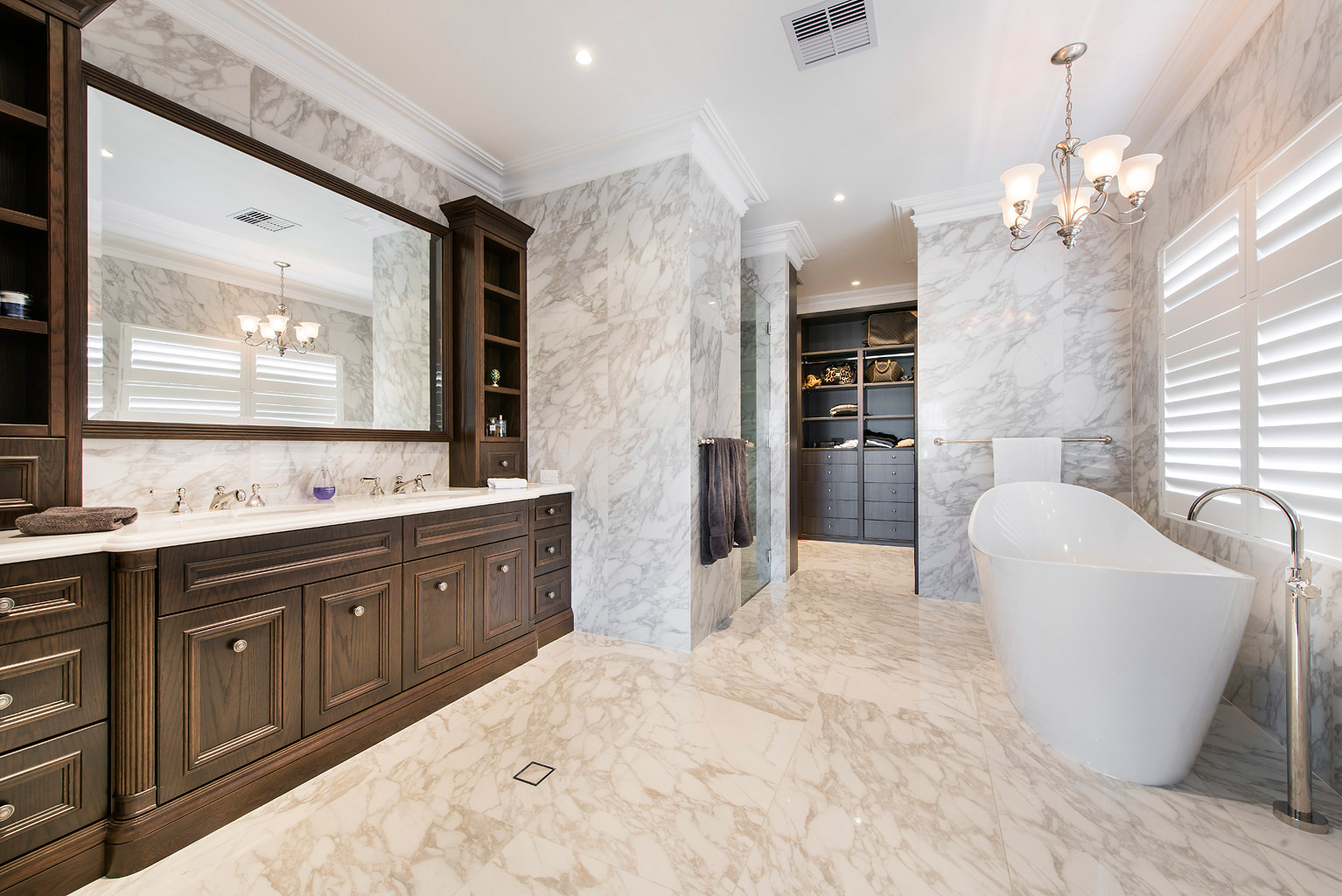Types of Western Style Bathroom Vanities

Western style bathroom vanities offer a blend of functionality and aesthetics, catering to diverse preferences and space requirements. Understanding the different types available can help you choose the perfect vanity for your bathroom.
Types of Western Style Bathroom Vanities
Western style bathroom vanities are broadly categorized into different types, each with unique features and advantages. Here are some common types:
- Single Sink Vanities: Single sink vanities are the most common type, featuring a single basin and countertop. They are perfect for smaller bathrooms or powder rooms, offering a compact and efficient design.
- Double Sink Vanities: Double sink vanities are ideal for larger bathrooms, providing ample space for two people to get ready simultaneously. They typically feature two separate sinks and countertops, often with a center storage cabinet or drawer.
- Wall-Mounted Vanities: Wall-mounted vanities offer a sleek and modern look, giving the illusion of more space in smaller bathrooms. They are typically made from lightweight materials and require minimal floor space.
- Freestanding Vanities: Freestanding vanities stand independently, offering a classic and traditional look. They are typically made from heavier materials like wood and often feature intricate carvings or detailing.
- Corner Vanities: Corner vanities are perfect for maximizing space in smaller bathrooms, utilizing the often-unused corner area. They are available in single or double sink configurations.
- Vanity with Mirror: Many vanities come with an integrated mirror, offering a complete bathroom solution. These vanities can be wall-mounted or freestanding, depending on the design.
Choosing the Right Western Style Bathroom Vanity

Selecting the perfect Western style bathroom vanity involves careful consideration of several key factors to ensure a harmonious blend of functionality, aesthetics, and practicality. You want a vanity that not only complements your bathroom’s design but also meets your specific needs and preferences.
Determining the Ideal Size
The size of your bathroom vanity is crucial. It should comfortably accommodate your daily routines while leaving enough space for movement. You’ll need to measure your bathroom space accurately to ensure the chosen vanity fits properly. Consider the following:
- Measure the available space: Before you start shopping, measure the width, depth, and height of the area where you plan to place the vanity. Make sure to leave enough room for doors to open and close without obstruction.
- Consider the sink size: The sink’s size is directly related to the vanity’s width. Choose a sink that provides adequate space for washing your hands and face without feeling cramped.
- Think about storage needs: A larger vanity offers more storage space for toiletries, towels, and other bathroom essentials. However, if your bathroom is small, a smaller vanity might be a better option.
Understanding Storage Requirements
Storage is a vital aspect of bathroom vanities. You need enough space to keep your toiletries, towels, and other essentials organized. Here’s how to assess your storage needs:
- Evaluate your current storage: Take inventory of your current bathroom storage and assess whether it’s sufficient. If you’re constantly running out of space, a vanity with more storage might be necessary.
- Consider the types of storage: Bathroom vanities offer various storage options, including drawers, cabinets, open shelves, and baskets. Choose the types of storage that best suit your needs and preferences.
- Think about accessibility: If you have limited mobility, consider a vanity with drawers that are easy to open and close, or shelves that are within reach.
Matching Style and Design
A Western style bathroom vanity should complement the overall design and theme of your bathroom. The vanity’s style can significantly impact the bathroom’s aesthetic appeal. Consider the following:
- Traditional Western: This style often features rustic wood, leather accents, and intricate carvings. It complements bathrooms with warm tones, natural materials, and Southwestern motifs.
- Modern Western: This style combines Western elements with modern design principles, featuring clean lines, sleek surfaces, and a minimalist aesthetic. It complements bathrooms with contemporary furniture and neutral color palettes.
- Rustic Western: This style embraces the natural beauty of wood, often featuring reclaimed wood, distressed finishes, and rustic hardware. It complements bathrooms with a cozy and inviting atmosphere.
Staying Within Budget
Budget plays a crucial role in choosing a bathroom vanity. Consider the following:
- Set a realistic budget: Determine a price range that you’re comfortable with before you start shopping. This will help you narrow down your options and avoid overspending.
- Compare prices: Shop around and compare prices from different retailers to find the best value for your money. Consider factors like quality, features, and warranty.
- Look for sales and discounts: Many retailers offer sales and discounts on bathroom vanities, especially during holiday seasons or clearance events. Take advantage of these opportunities to save money.
Installing a Western Style Bathroom Vanity: Western Style Bathroom Vanities

Installing a Western style bathroom vanity is a relatively straightforward process, but it requires careful planning and attention to detail. It’s essential to have the right tools and materials, understand the plumbing and electrical connections, and follow the proper installation steps to ensure a secure and functional vanity.
Preparing for Installation
Before you begin installing your Western style bathroom vanity, you need to gather the necessary tools and materials and prepare the area for installation. This includes:
- Tools:
- Measuring tape
- Level
- Pencil
- Screwdriver
- Drill
- Wrench
- Pliers
- Safety glasses
- Work gloves
- Materials:
- Bathroom vanity
- Vanity top
- Sink
- Faucet
- Drain assembly
- Water supply lines
- Mounting hardware
- Caulk
- Silicone sealant
- Preparation:
- Clear the area around the installation site.
- Turn off the water supply to the bathroom.
- Disconnect the existing plumbing and electrical connections.
- Remove the old vanity and any debris.
- Clean the wall surface and ensure it’s smooth and level.
Connecting Plumbing
Plumbing connections are crucial for a functional bathroom vanity. It’s essential to ensure that the connections are secure and that the drain is properly installed to prevent leaks and water damage.
- Installing the Drain Assembly:
- Position the drain assembly in the sink hole and secure it with the included hardware.
- Connect the drain pipe to the existing drain line.
- Use a wrench to tighten all connections securely.
- Connecting Water Supply Lines:
- Connect the water supply lines to the faucet.
- Route the water supply lines to the existing water supply lines.
- Use a wrench to tighten the connections securely.
- Testing for Leaks:
- Turn the water supply back on and check for leaks at all connections.
- Tighten any loose connections if necessary.
Connecting Electrical Wiring
Connecting the vanity to the existing electrical wiring is essential for powering the lights and any electrical outlets included in the vanity.
- Identifying the Electrical Wiring:
- Identify the electrical wires for the vanity lights and outlets.
- Ensure that the wiring is compatible with the vanity’s electrical requirements.
- Connecting the Wiring:
- Connect the electrical wires to the vanity’s wiring box.
- Secure the connections with wire nuts.
- Testing the Electrical Connections:
- Turn on the power to the bathroom and test the lights and outlets.
- Ensure that the electrical connections are working properly.
Securing the Vanity to the Wall
Securing the vanity to the wall is essential for stability and safety.
- Marking the Wall:
- Use a level to mark the wall where the vanity will be mounted.
- Ensure the marks are accurate and level.
- Drilling Pilot Holes:
- Drill pilot holes at the marked locations.
- Use a drill bit that’s slightly smaller than the screws.
- Securing the Vanity:
- Align the vanity with the marked locations on the wall.
- Use the provided mounting hardware to secure the vanity to the wall.
- Tighten the screws securely to ensure stability.
Final Touches
After installing the vanity, it’s essential to finish the installation with a few final touches to ensure a clean and professional look.
- Caulking:
- Apply a bead of caulk along the edges of the vanity top and the wall to prevent water damage.
- Smooth the caulk with a damp finger.
- Installing the Faucet:
- Install the faucet according to the manufacturer’s instructions.
- Tighten the connections securely.
- Cleaning Up:
- Clean up any debris or spills.
- Ensure the bathroom is clean and tidy.
